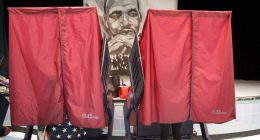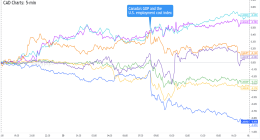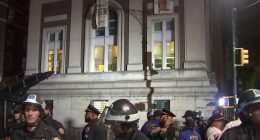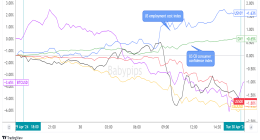When Rachael Lennon was planning her wedding, she began to question the institution of marriage – was it really for her? Yet in researching it, she discovered wedlock is whatever you choose to make it
Rachael Lennon married her wife in a medieval hall in Northumberland four years after same-sex marriages became legal. It was a June day in 2017, and it rained until just before 2pm, when the wedding began. But hadn’t it really begun, in a way, when her parents got married, or her grandmother, or in 1840, when Victoria’s white wedding to Albert defined a “traditional” wedding in the West for decades to follow, or six years earlier when Anne Lister and Ann Walker married through taking communion together, or in the Middle Ages, when the Christian church first monopolised what a marriage should be? Lennon’s wedding, as all weddings are, came loaded with romance, tradition, expectations of transformation and the weight of centuries of history.
In 2002, a counsellor from Relate told the Daily Mail that marriage would “be extinct in 30 years”. The clock is ticking. Except – anti-marriage crusades have stretched from second-century north Africa to 20th-century Israel, and all of them have failed. The bells still ring: in the UK, around half a million people get married every year. Despite the fact that more than 40% of weddings will end in divorce, most people still choose to marry at some point in their lives. But the institution itself has expanded and contracted and reshaped itself so much over the years that a marriage often means different things to different people – sometimes even those living in the same house.



